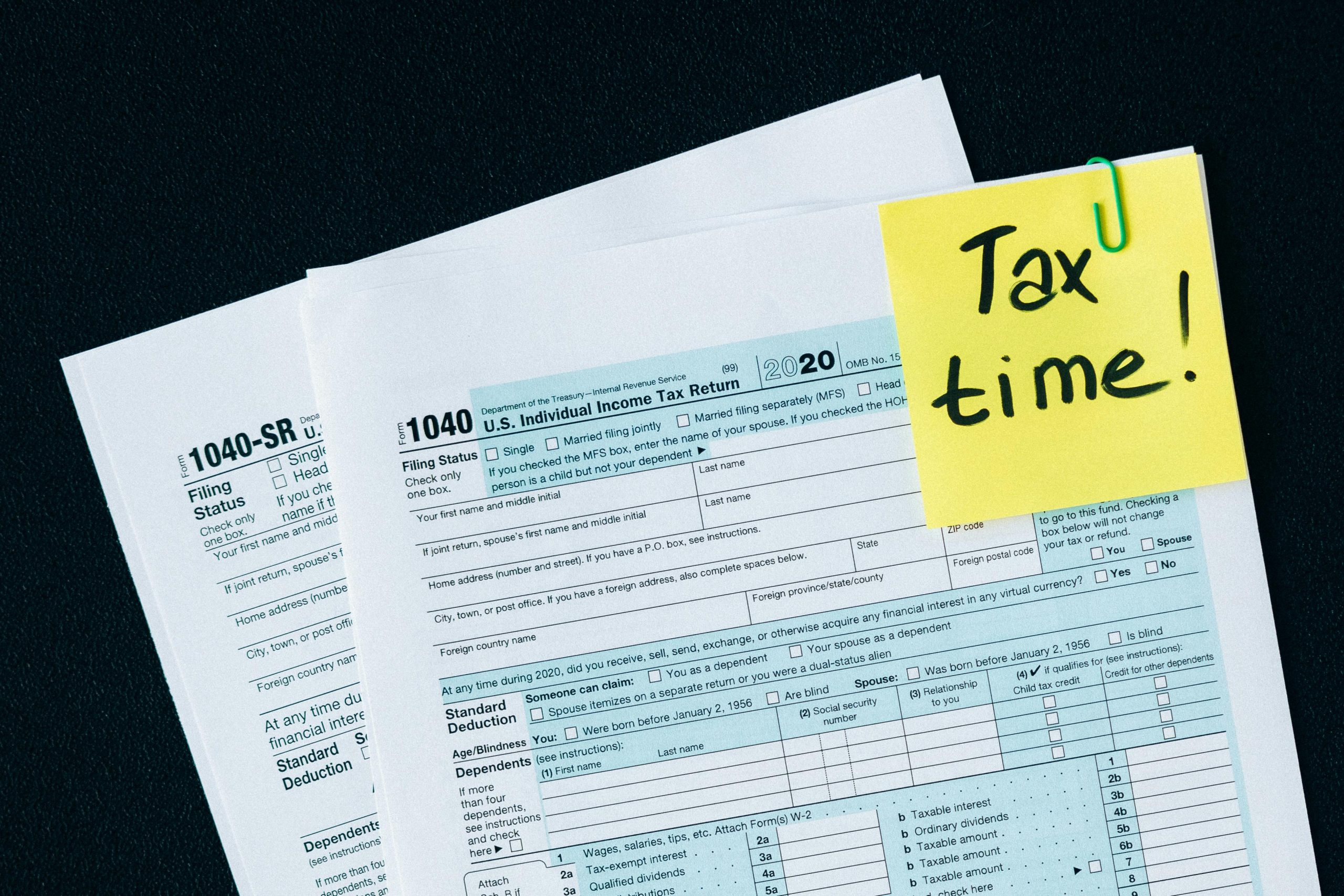ITR-2 Form: A Guide for Income Taxpayers
The ITR-2 form is among the options provided to taxpayers for submitting their Income Tax Returns. To simplify the filing process, the income tax department has classified various forms based on different types of income. Specifically tailored for individuals and Hindu Undivided Families (HUFs) without any involvement in a profession or business, the ITR-2 Form serves this specific category of taxpayers.
ITR-2:
This ITR is designed for individuals and Hindu Undivided Families (HUFs) deriving income from sources such as salary/pension, multiple properties, capital gains, other miscellaneous sources, as well as foreign assets/income, excluding business income.
Individuals and members of Hindu Undivided Families (HUFs) who earn income from any of the following sources are required to file Form ITR-2:
- Taxpayers with a total income exceeding Rs. 50 Lakhs.
- Income derived from pension/salary.
- Income from other sources (including proceeds from horse racing bets, lottery winnings, and other legal forms of gambling).
- Income/assets from overseas or foreign sources.
- An individual classified as a non-resident or an RNOR (Resident Not Ordinarily Resident).
- Income from house property
- Capital gains derived from the sale of property or investments, including both long-term and short-term gains.
- Income from agricultural activities exceeding Rs. 5,000.
- A company’s director and an individual investing in a company’s unlisted equity shares are required to file the ITR-2 form.
Non-Eligibility for ITR-2 :
The following individuals are not eligible to file ITR-2:
- Any Hindu Undivided Family (HUF) or individual earning income from a profession or business.
- Taxpayers eligible to file the ITR-1 form.
Documents required to file ITR-02:
The following documents are necessary for the successful filing of the ITR-2:
- Form-16
- Form-16A
- Form-26AS
- Annual Information Statement.
- If you have received rent from any rented house property, you will need to provide details including the amounts of municipal taxes paid, any interest on borrowed capital, and tenant information.
- If you have engaged in any capital gain transactions, you will need to review a summary of profit or loss statements for the computation of capital gains.
- To claim tax-saving deductions under sections 80C, 80D, or 80G, which include donations, rent receipts, or health insurance expenditure, relevant documents must be checked as proof of the expenditure made.
Schedules ITR-2 :
The ITR-2 form comprises 20 schedules categorized into sections A and B.
Section B: Outline of the total income and tax calculation in relation to the taxable income.
- The computation of total income concerning taxable income is addressed in Part B-TI.
- The calculation of tax payable on the total income is addressed in Part B-TTI.
If the return was prepared by a tax return preparer, certain information must be provided (TRP). Below is the list of the following 20 schedules.
- Schedule-IF provides Company Details
- Schedule-S provides Revenue from Primary Incomes Details
- Schedule-80G provides Statement of Subsidies Authorized for Deduction under Section 80G
- Schedule-BFLA provides Income after Setting off Losses Brought Forward from Previous Years
- Schedule CYLA provides Statement of Revenue after Setting off Current Year’s Losses
- Schedule-VIA provides Deductions from Total Income under Chapter VI-A.
- Schedule-CFL provides Statement of Penalties to be Carried Forward to Future Years
- Schedule-CG provides Capital Gains
- Schedule HP provides details regarding income from House Property
- Schedule-OS provides Calculation of Income from Other Sources
- Schedule-SI provides Statement of Income Subject to Advance Tax Liability
- Schedule-SPI provides Income of Spouse/Minor Child/Son’s Wife to be Included in Assessee’s Income in Schedule HP, CG, and OS.
- Schedule PTI provides Pass-through Income Features from Business or Investment Accounts as per Sections 115UA and 115UB.
- Schedule-AL provides Assets and Liabilities at Year-End (Applicable for Total Income Exceeding ₹50 Lakhs)
- Schedule EI provides Details of Exempted Income Items
- Schedule-5A provides Statement of Allocation of Income Among Partners Governed by the Portuguese Civil Code.
- Schedule FA provides Foreign Assets and Income Components
- Schedule-TR provides Tax Relief Claimed for Taxes Paid Outside India
- Schedule-FSI provides Statement of Income Earned Outside India
How to File Form ITR-2 : A Step-by-Step Guide:
You can submit your Income Tax Return-2 form either offline or online.
Online :
You can file a return online using the following method:
- Upon electronically filing the ITR-2 form with a digital signature,
- By electronically transmitting data and submitting the return verification via the ITR-V form
- If you have submitted the ITR-2 electronically with a digital signature, you will receive an acknowledgment in your email.
- You can also download the ITR-2 form from the Income Tax portal. After completing the form, you can send it to the CPC office in Bangalore within 120 days of e-filing your ITR.
Offline:
- Taxpayers aged 80 years and above can file ITR-2 offline.
- By submitting a physical paper form.
- By submitting a return with a barcode.
- The tax department will issue an acknowledgement upon receipt of the physical return form.
Conclusion:
Individuals intending to file the ITR-2 form should note that it is annexure-less, meaning no additional documents are required for filing the return. The type of ITR form needed in a financial year is determined by the taxpayer’s residential status and source of income.

